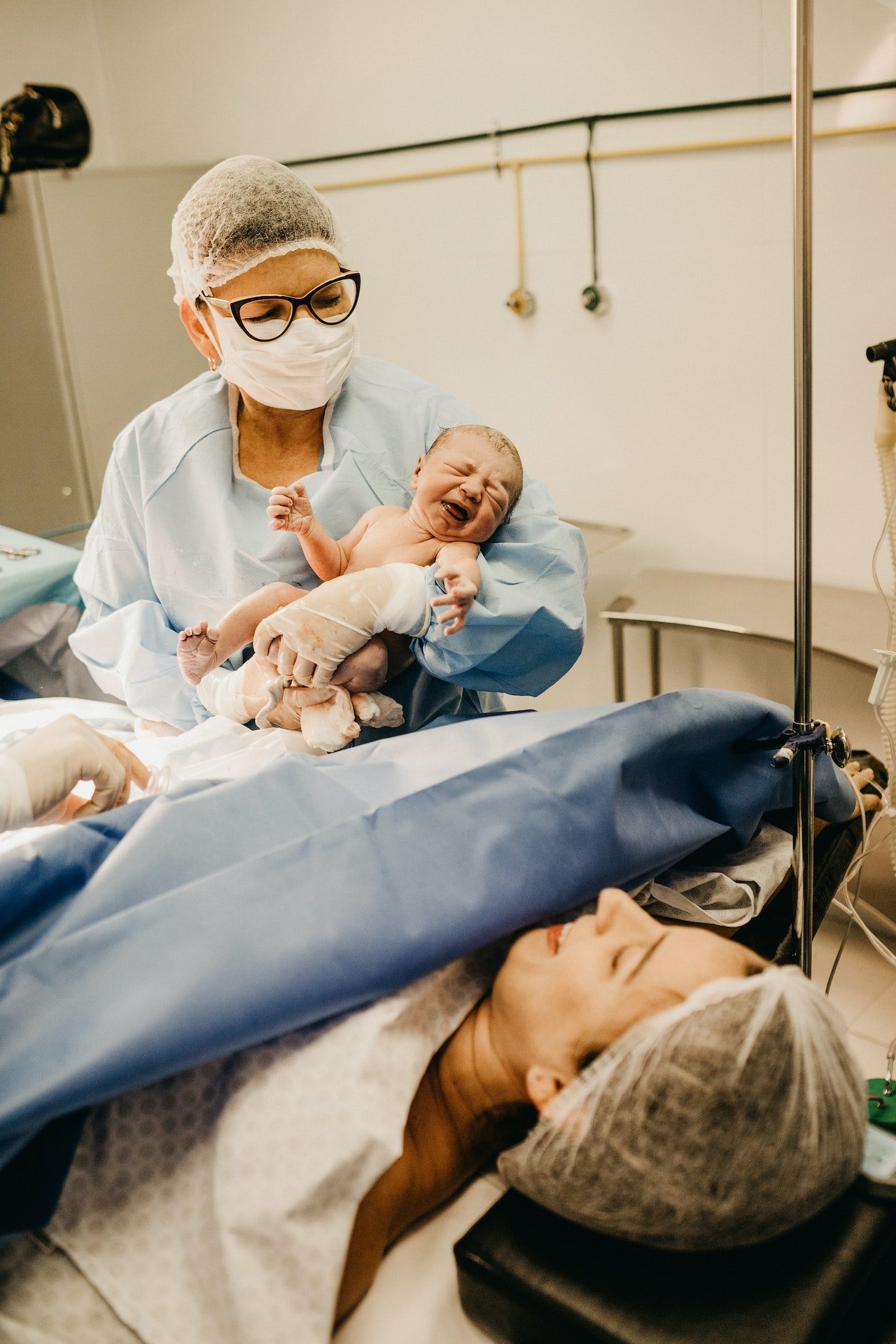Birth Defects Are the Leading Cause of Death Among Infants (2023)

Every year, millions of babies are born with a birth defect, which is the leading cause of infant mortality worldwide. The birth defect can be minor or severe, ranging from a small birthmark to a life-threatening heart condition. In this article, we will explore what birth defects are, what causes them, and how they can be prevented.
What is Birth Defect?
A birth defect is a physical or functional abnormality that is present at birth. The birth defect can affect any part of the body, including the heart, brain, lungs, liver, and limbs. They can be caused by genetic or environmental factors or a combination of both. Some birth defects are easy to detect at birth, while others may not be diagnosed until later in life.
Types of Birth Defects
There are many different types of birth defects, including:
Structural Defects
Structural defects are physical abnormalities that affect the shape or structure of a part of the body. Examples of structural defects include cleft lip and palate, heart defects, and limb abnormalities.
Read More: Faulty Fireworks Around Independence Day (2023)
Functional Defects
Functional defects are abnormalities that affect the way a part of the body works. Examples of functional defects include hearing loss, vision problems, and intellectual disabilities.
Metabolic Defects
Metabolic defects are abnormalities that affect the way the body processes nutrients. Examples of metabolic defects include phenylketonuria (PKU) and Tay-Sachs disease.
Causes of Birth Defects
Birth defects can be caused by a variety of factors, including:
Genetics
Some birth defects are caused by inherited genetic mutations. For example, Down syndrome is caused by an extra copy of chromosome 21.
Environmental Factors
Environmental factors, such as exposure to certain chemicals or infections during pregnancy, can also cause birth defects. For example, rubella infection during pregnancy can cause deafness, heart defects, and intellectual disabilities in the baby.
Read More: Another GM Airbag Sensor Recall (2023)
Combination of Factors
In many cases, a birth defect is caused by a combination of genetic and environmental factors.
Prevention of Birth Defects
While not all birth defects can be prevented, there are steps that women can take to reduce their risk of having a baby with a birth defect.
Preconception Care
Preconception care is the medical care a woman receives before becoming pregnant. During preconception care, a woman can discuss her health history and any medications she is taking with her healthcare provider. Women who have certain medical conditions or who are taking certain medications may need to make changes before becoming pregnant.
Prenatal Care
Prenatal care is the medical care a woman receives during pregnancy. Prenatal care includes regular check-ups with a healthcare provider, as well as tests to check the health of the developing baby.
Healthy Lifestyle
A healthy lifestyle can also reduce the risk of birth defect. This includes:
- Eating a healthy diet
- Avoiding alcohol, tobacco, and illegal drugs
- Getting regular exercise
- Managing chronic medical conditions
Conclusion
Birth defects are a serious and common problem, affecting millions of babies every year. While not all birth defects can be prevented, there are steps that women can take to reduce their risk. By receiving preconception care, getting regular prenatal care, and living a healthy lifestyle, women can help ensure the best possible outcome for their babies.
FAQs
- What is the most common type of birth defect?
- The most common type of birth defect is a structural defect, which affects the shape or structure of a part of the body.
- Can birth defect be detected during pregnancy?
- Yes, many birth defect can be detected during pregnancy through prenatal testing.
- Are all birth defects genetic?
- No, while some birth defects are caused by genetic mutations, not all birth defects are genetic. Environmental factors, such as infections and exposure to certain chemicals during pregnancy, can also cause birth defects.
- How can I reduce my risk of having a baby with a birth defect?
- There are several steps you can take to reduce your risk of having a baby with a birth defect, including receiving preconception care, getting regular prenatal care, and living a healthy lifestyle. Avoiding alcohol, tobacco, and illegal drugs during pregnancy is also important.
- Can birth defect be treated?
- Treatment options for birth defect depend on the type and severity of the defect. Some birth defects may require surgery, medication, or other medical interventions, while others may be managed with supportive care and interventions to improve the baby’s quality of life.
- Is there a cure for birth defects?
- Currently, there is no cure for birth defects. However, early detection and intervention can help manage the effects of some birth defects and improve outcomes for affected infants.
- Can birth defect be genetic even if there is no family history?
- Yes, the birth defect can be genetic even if there is no family history. Some genetic mutations occur spontaneously and are not inherited from parents.
- What should I do if I suspect my baby has a birth defect?
- If you suspect that your baby may have a birth defect, it is important to consult with your healthcare provider as soon as possible. They can conduct appropriate tests and provide appropriate medical care and support for your baby.

